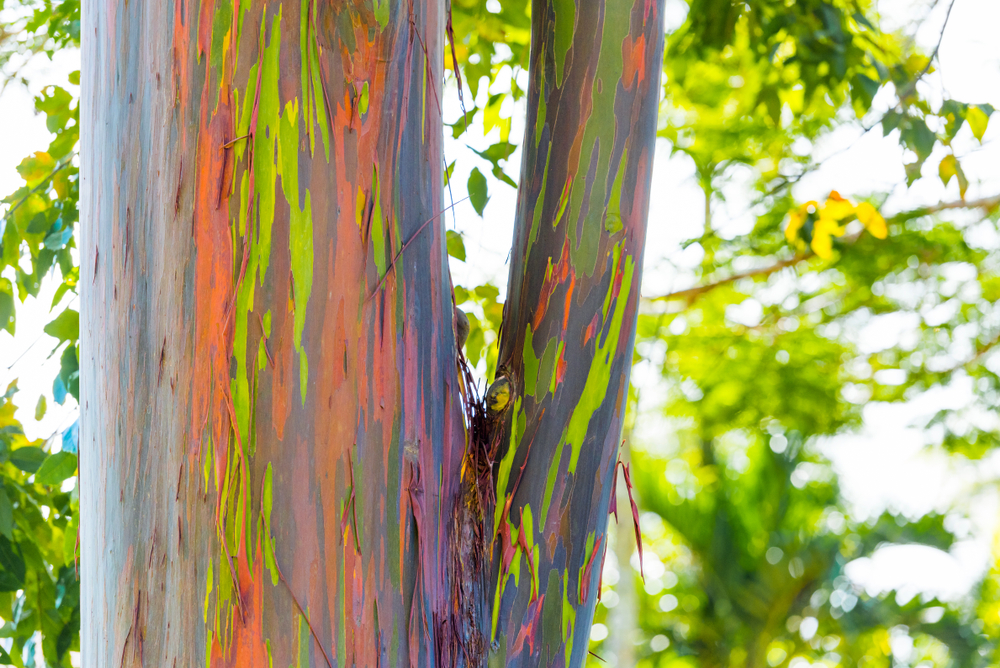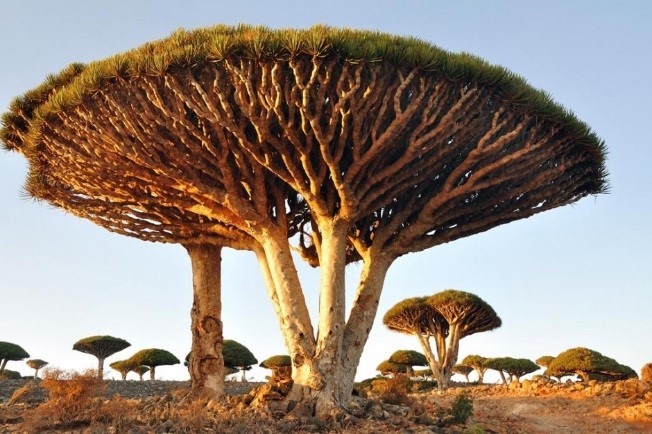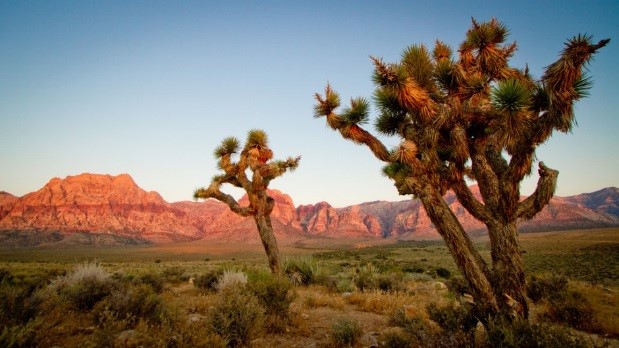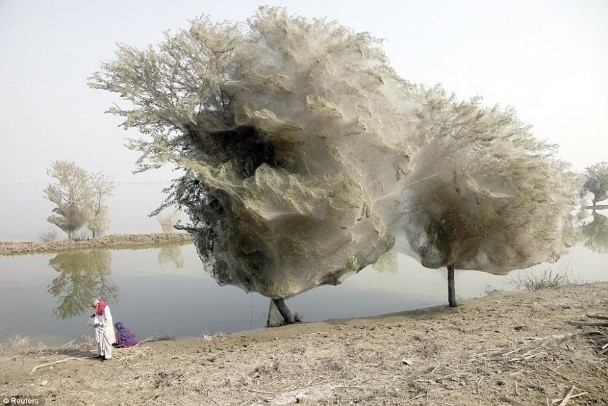Without trees, life on Earth would be impossible; they make our air breathable, clean our water, and provide much-needed shade during the hot summer months. While all trees offer life-sustaining services and a kind of aesthetic beauty, some venture into the territory of looking just plain weird. The following are five bizarre trees that you have to see to believe.

The Rainbow Eucalyptus
This tree is found in the Pacific islands and is native to the Philippines. The interesting collage of colors is created when the outer layer of bark falls off, leaving the psychedelic subsurface on full display. If you’re impressed by the Rainbow Eucalyptus and want one for yourself, too bad! The strange coloration is not nearly as intense when the tree is moved from its natural habitat.

Dragon’s Blood Tree
This tree is native to the Socotra archipelago, located in the Arabian Sea. Despite its ominous name, the Dragon’s Blood Tree is known for the mushroom-like shape of its exterior and gets its namesake from the red sap coursing beneath the bark. The roots of the Dragon’s Blood tree are cultivated for their astringent properties, used in toothpaste and even for treatment of rheumatism. In ancient Greece, people used the resin from Dragon’s Blood for many ailments including diarrhea, fevers, and wound healing.

Sequoioideae:
These gorgeous, cathedral-esque trees are found primarily in the coastal forests of California. The Sequoias are commonly known as Redwood trees, and along with appearing like something out of a fantasy movie, they also hold the title as the largest and tallest family of trees in the world. Unfortunately, these 300-foot tall giants have been endangered due to deforestation. The majority of their population now resides in protected forests.

Joshua Trees
Joshua Trees (also known as Yucca Palms) are native to the American Southwest, and even have their own National Park in southern California. These peculiar individuals were named by Mormon pilgrims who thought the upward-bent branches resembled the biblical character of Joshua, raising his arms to the heavens. The Joshua Tree was used by these pilgrims for weaving baskets and sandals. They would also eat the seeds and flowers.

Pakistani Spider Trees
After a rash of catastrophic flooding in parts of Pakistan, millions of spiders fled to create their labyrinthine webs in these trees. While spooky-looking, the spider-infested trees have resulted in some positive effects in the area such as a drop of malaria cases due to the decrease in the mosquito population.
Conclusion:
There are thousands of tree species in the world, and as with any family of organisms, some are more unique-looking than others. Thankfully due to preservation efforts around the globe, most of these wondrously bizarre trees are protected from aggressive deforestation. If you have questions about trees on your property, don’t hesitate to call the professionals at the Palm Tree Service Inc., our team is more than happy to help!
Leave a Reply